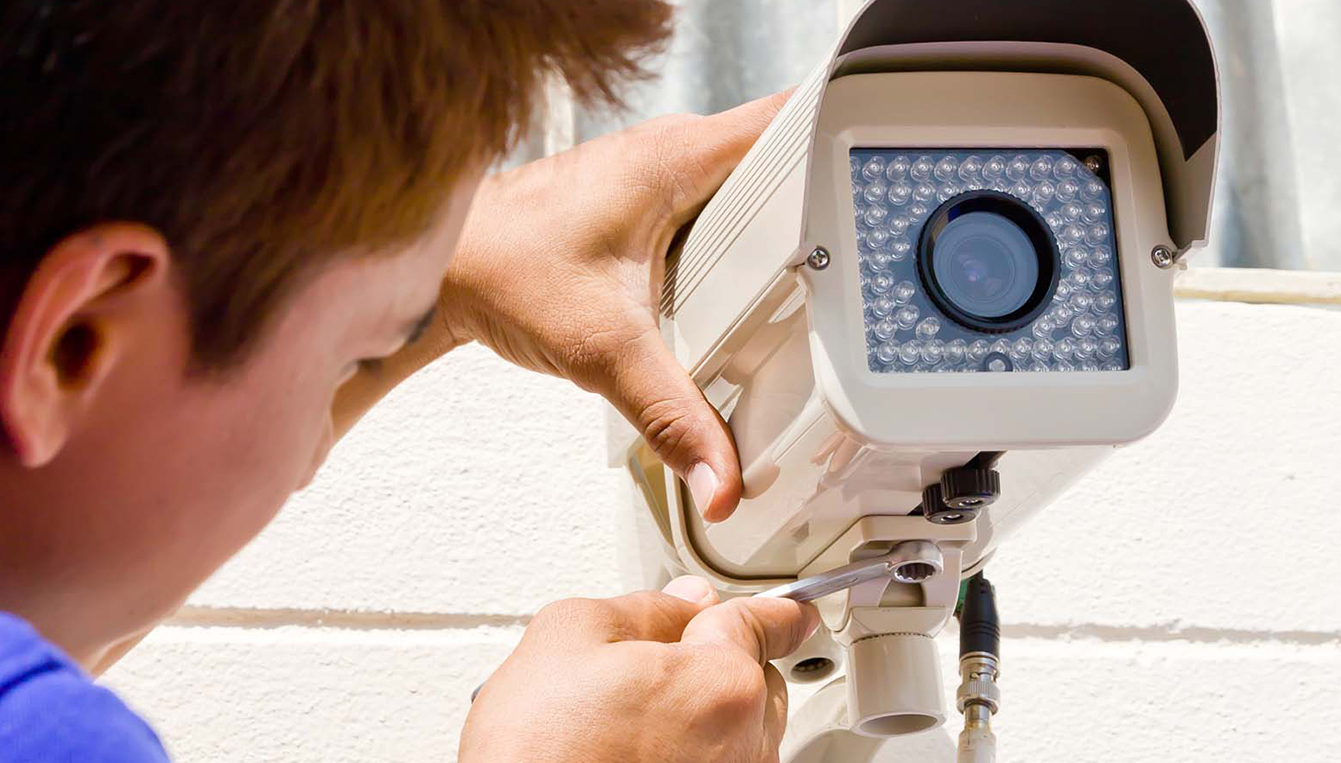Jay L. Epstein
Higher Education + Esports | Market Leader
Principal

April 16, 2007 may not be a date that means much to most people. For a select few, however, it marks an event that turned their lives upside down, an event which continues to haunt them to this day. Personally, as someone who specializes in designing campus security systems, April 16th serves as a reminder for why my work is so important. Nine years ago, a shooting at Virginia Polytechnic Institute and State University left 33 people dead. 33 people. That number runs a chill down your spine.
Perhaps the most sobering element of this tragedy is one many do not know: two people were shot one hour before the mass shooting took place, and no warning was given to anyone on the campus following these initial slayings.
Some considered this a violation of the Clery Act of 1990, which requires institutions to issue timely warnings of crimes representing a threat to the safety of students or employees. Virginia Tech was sued, found at fault, and then subsequently successfully appealed this ruling. And, as an outsider, one might be shocked by that decision. How could an institution be brazen enough to claim they were not in violation of such a vital safety measure? In what way was their response a “timely manner?” But, what many do not consider, is that this law was established in 1990, and there were no clear parameters outlining what is considered a quick enough response, especially when thinking about how fast everything moves in the digital age. The Clery Act states law enforcement must issue alerts within 48 hours, after all possible facts and investigations have been gathered to inform the public. And, these days, 48 hours to get your facts straight might as well be a lifetime—especially when lives are at stake.
Thankfully, the Clery Act has since been amended to require immediate action whenever a school has reason to believe there is an imminent threat: whether it’s dangerous weather, an active shooter, chemical spills or a highly contagious illness. Within these particular instances, notifications need to be sent out immediately—even if all the facts are not yet gathered. As soon as something has been confirmed, the alert needs to be put out to the world.
But, if you’re walking to the dining hall, an email from campus security isn’t going to do much to save your life. That’s why the International Association of Campus Law Enforcement Administrators (IACLEA), also says there has to be redundant forms of notification. SMS text messages, email, message boards, sirens, social media, and desktop alerts create a layered approach to informing those at risk. The more bases you cover, the more people you can reach.
By making the process as painless as possible, schools can also limit the amount of foot dragging that seems to plague the world of emergency preparedness. With the right system in place, it can be as quick as a single step for a person to receive alerts across multiple platforms. During the registration process, some schools require students to simply click on a link and sign up for notifications if they’re going to take classes on campus.
Emergency communication systems can be the most important aspect of security. Make sure your campus has robust emergency communication systems in place.